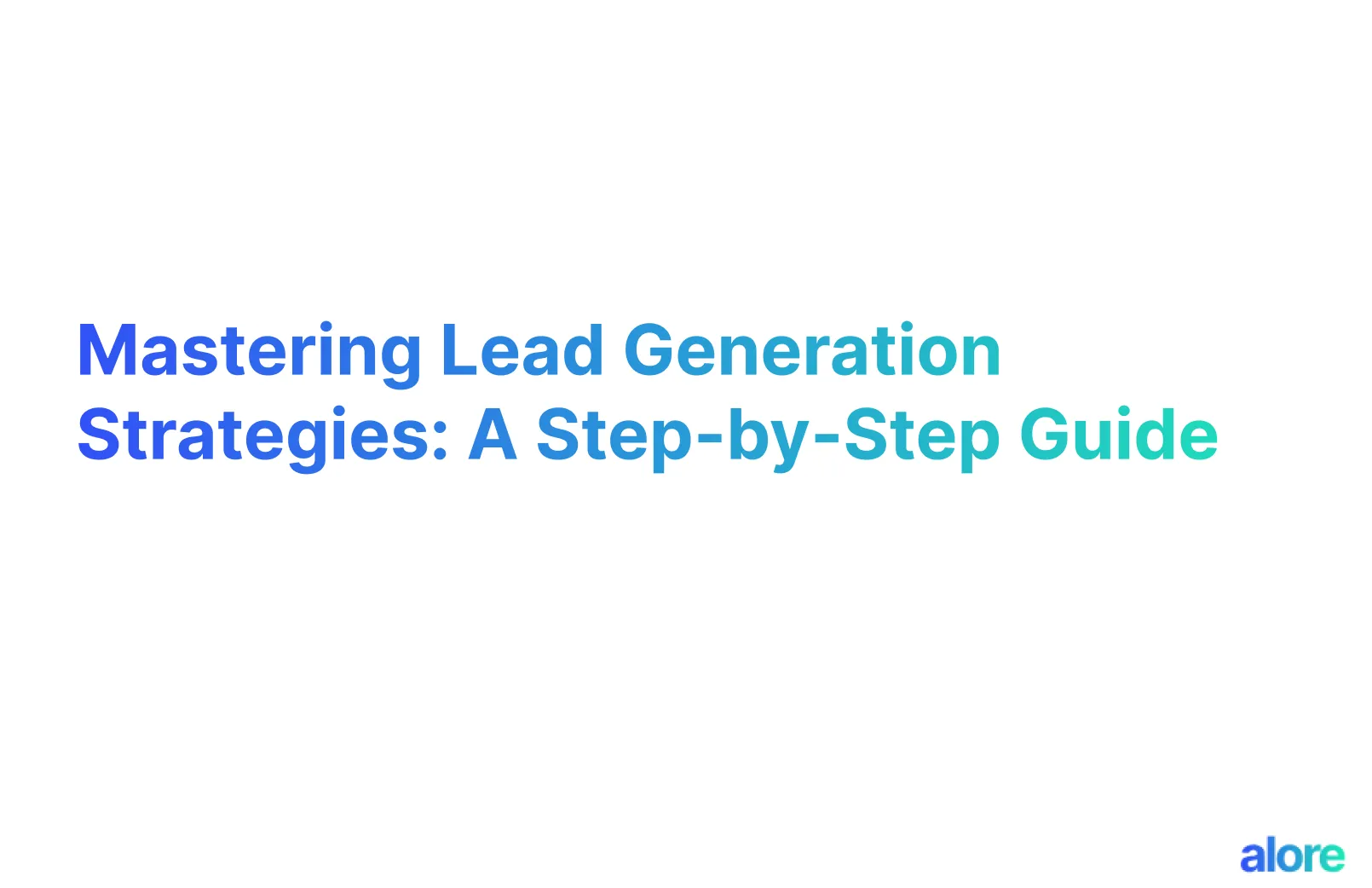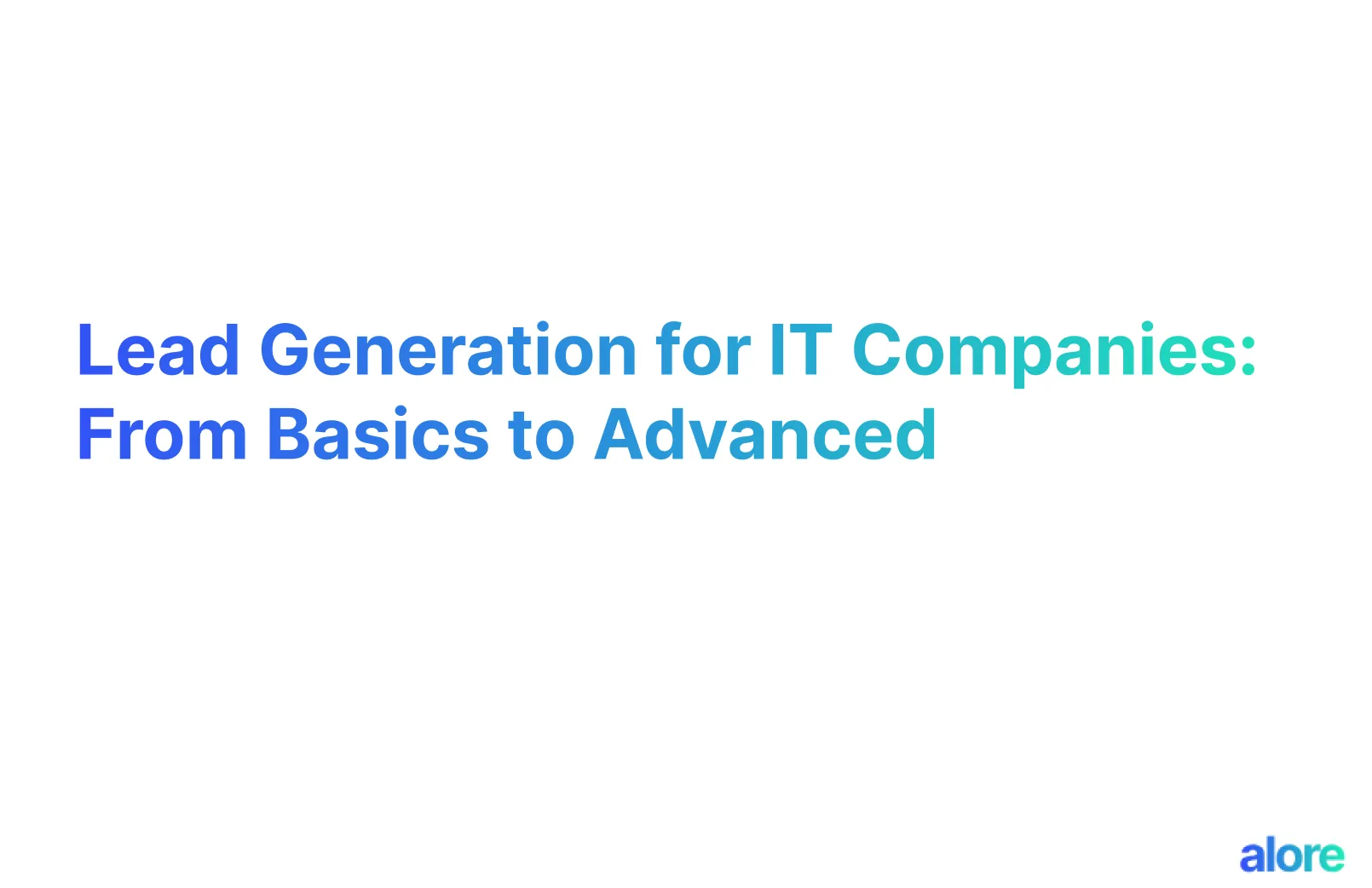Introduction to Lead Generation Strategies
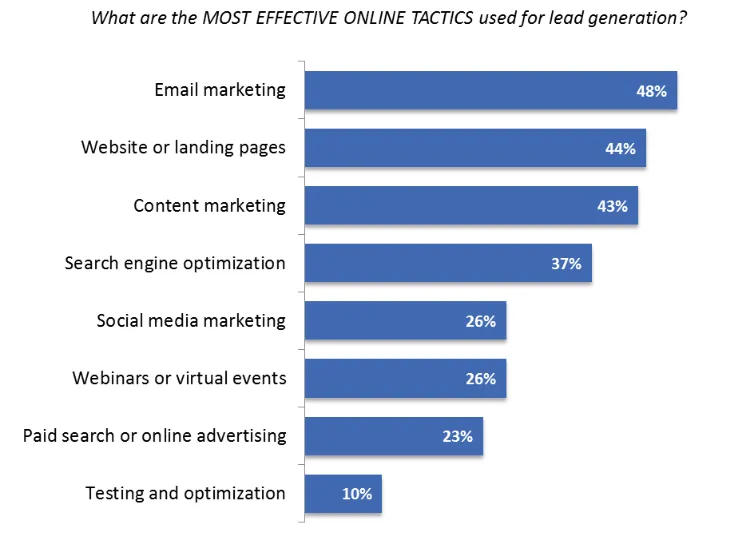
What is Lead Generation? - An Overview of Generating Business Leads
Lead generation, a pivotal element in the realm of digital marketing, is the process of attracting and engaging potential customers or leads.
It's about creating a pathway for these individuals to discover and connect with your business, ultimately guiding them toward a purchase decision.
Effective Lead Generation Strategies: Quality Over Quantity
Effective lead generation strategies aim to attract prospects, increase the number of leads, and enhance their quality.
Here's how:
- Target Audience Understanding: Knowing your potential customers and tailoring your approach to meet their specific needs.
- Engaging Content Marketing: Creating valuable content that resonates with your audience, encouraging them to engage with your brand.
- Optimized Landing Pages: Designing landing pages that effectively capture visitor information and spark interest.
- Strategic Email Marketing: Crafting personalized email campaigns to maintain engagement and nurture leads.
By focusing on these areas, businesses can attract high-quality sales leads that are more likely to convert into sales.
The Role of Technology in Lead Generation
Modern lead generation tool now heavily relies on technology, with tools and software streamlining the sales process:
- Lead Generation Tools: Automated systems for capturing and managing lead information.
- Data Analysis: Using AI and machine learning to predict customer behavior and personalize communication.
- Digital Platforms: Leveraging social media and search engines to reach a wider audience.
For instance, incorporating a lead generation form on your website can significantly increase your sales team's ability to gather and follow up on potential sales leads.
Conclusion: The Evolving Landscape of Lead Generation
Today's lead generation strategies are ever-evolving, requiring businesses to stay informed and adaptable.
Companies can generate leads and foster lasting customer relationships by combining strategic planning, creative content, and the latest technology.
Remember, a successful lead generation campaign is a harmonious blend of strategy, creativity, and technology, all aimed at propelling your business forward.
Foundations of Effective Lead Generation Strategies
The Core Concepts of Lead Generation

In the dynamic world of digital marketing, mastering your lead generation tactics is crucial for business growth.
It's not just about attracting anyone; it's about drawing in the right people who are genuinely interested in your offer.
This section delves into the foundational elements of the best lead generation strategies, including the 4 L's of Lead Generation Strategy, the 3 Approaches, and the 4 Steps of the Lead Generation Process, along with an exploration of the different types of leads.
The 4 L's of Lead Generation Strategy
Understanding the 4 L's is essential for crafting a successful lead generation strategy. Each 'L' represents a critical step in attracting and retaining potential customers:
- Locate: The first step is identifying your target audience. This involves thorough market research to understand where your potential customers are and what they need. For instance, a recent study showed that 72% of consumers prefer engaging with brands through personalized marketing approaches.
- Lure: Once you know where your audience is, the next step is to draw them in. This is where your content marketing and digital advertising skills come into play. Engaging content, whether it's through insightful blog posts, social media ads, or targeted email campaigns, is key to capturing their interest.
- Land: This step is about converting your engaged audience into leads. Effective landing pages and lead capture forms are vital here. For example, including a lead generation form on a landing page can increase conversion rates by up to 50%.
- Leverage: The final 'L' involves nurturing these leads and guiding them towards making a purchase. This could involve follow-up emails, personalized offers, or consultations, depending on the nature of your business.
The 3 Approaches and 4 Steps of the Lead Generation Process
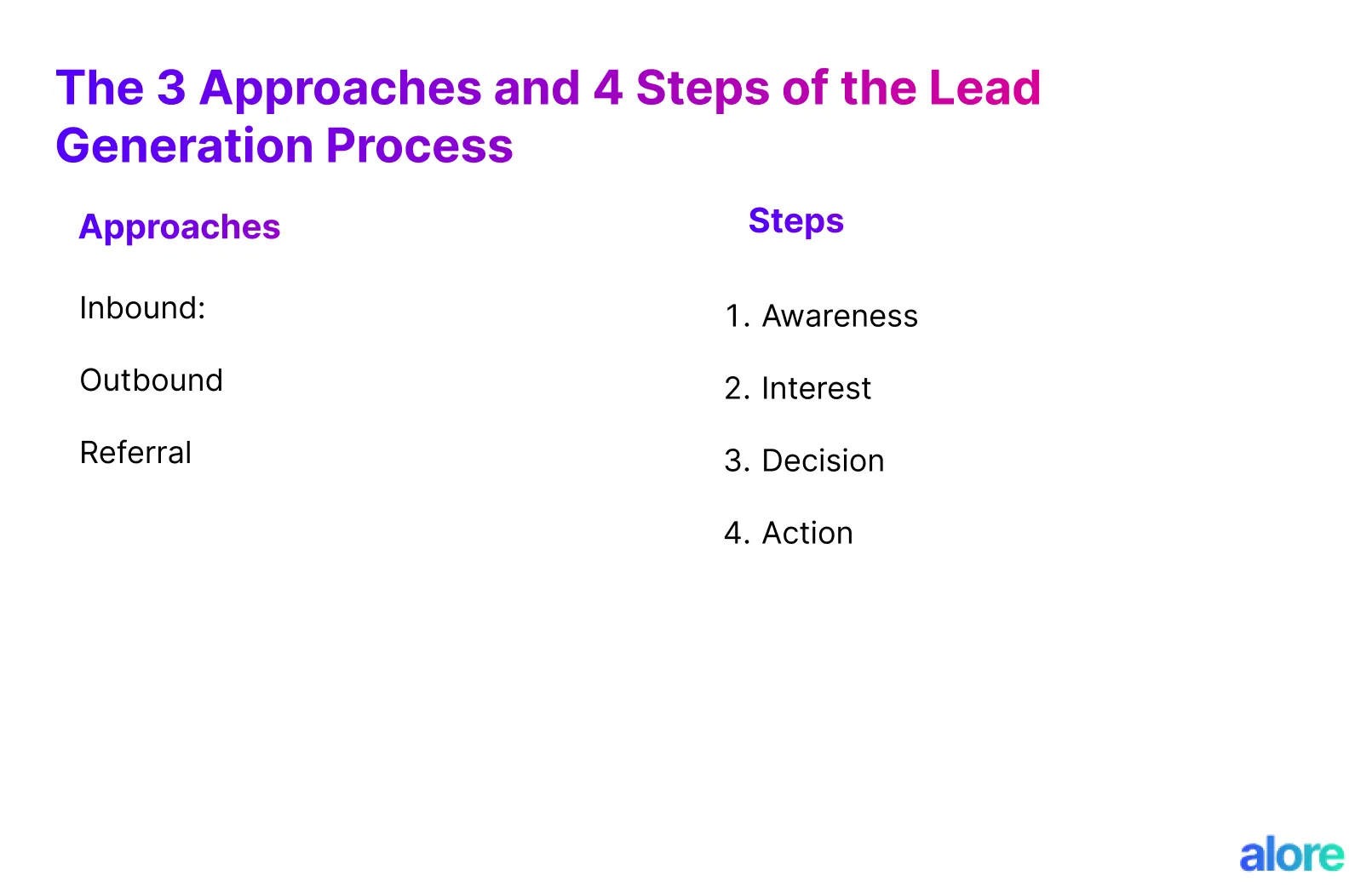
Lead generation isn't a one-size-fits-all process.
It involves various approaches and steps:
Approaches:
- Inbound: This approach focuses on attracting leads through content marketing, SEO, and social media engagement. It's about making your brand findable and drawing leads to you.
- Outbound: Involves actively reaching out to potential leads through cold calling, direct mail, or email marketing.
- Referral: Encourages existing customers to refer new leads, often incentivized through referral programs.
Steps:
- Awareness: The first step is making potential clients aware of your solutions, often through digital marketing efforts.
- Interest: Generating interest is about engaging your audience with relevant and compelling content.
- Decision: At this stage, leads are considering whether to purchase. Detailed information, testimonials, and case studies can be influential.
- Action: The final step is when a lead takes action, such as signing up for a free trial or making a purchase.
Understanding the Different Types of Leads: The 5 Varieties

Different leads require different approaches. Here are the five main types:
- Information Qualified Leads (IQLs): These leads are at the top of the sales funnel, primarily looking for information.
- Marketing Qualified Leads (MQLs): MQLs have interacted with your marketing efforts and shown a deeper interest in your offerings.
- Sales Qualified Leads (SQLs): These leads are ready for direct sales engagement. They've shown a clear intent to purchase.
- Product Qualified Leads (PQLs): PQLs have used your product, perhaps through a free trial, and are considering a complete purchase.
- Service Qualified Leads: These leads are interested in your services, indicated by requesting a quote or booking a consultation.
By understanding these core concepts and types of leads, you can tailor your lead generation strategies to be more effective.
The key is engaging, informing, and persuading while maintaining a direct and friendly tone.
Remember, successful lead generation is not just about quantity generating leads; it's about the quality of leads and how well they align with your business goals.
Digital Marketing and SEO in Lead Generation Strategies
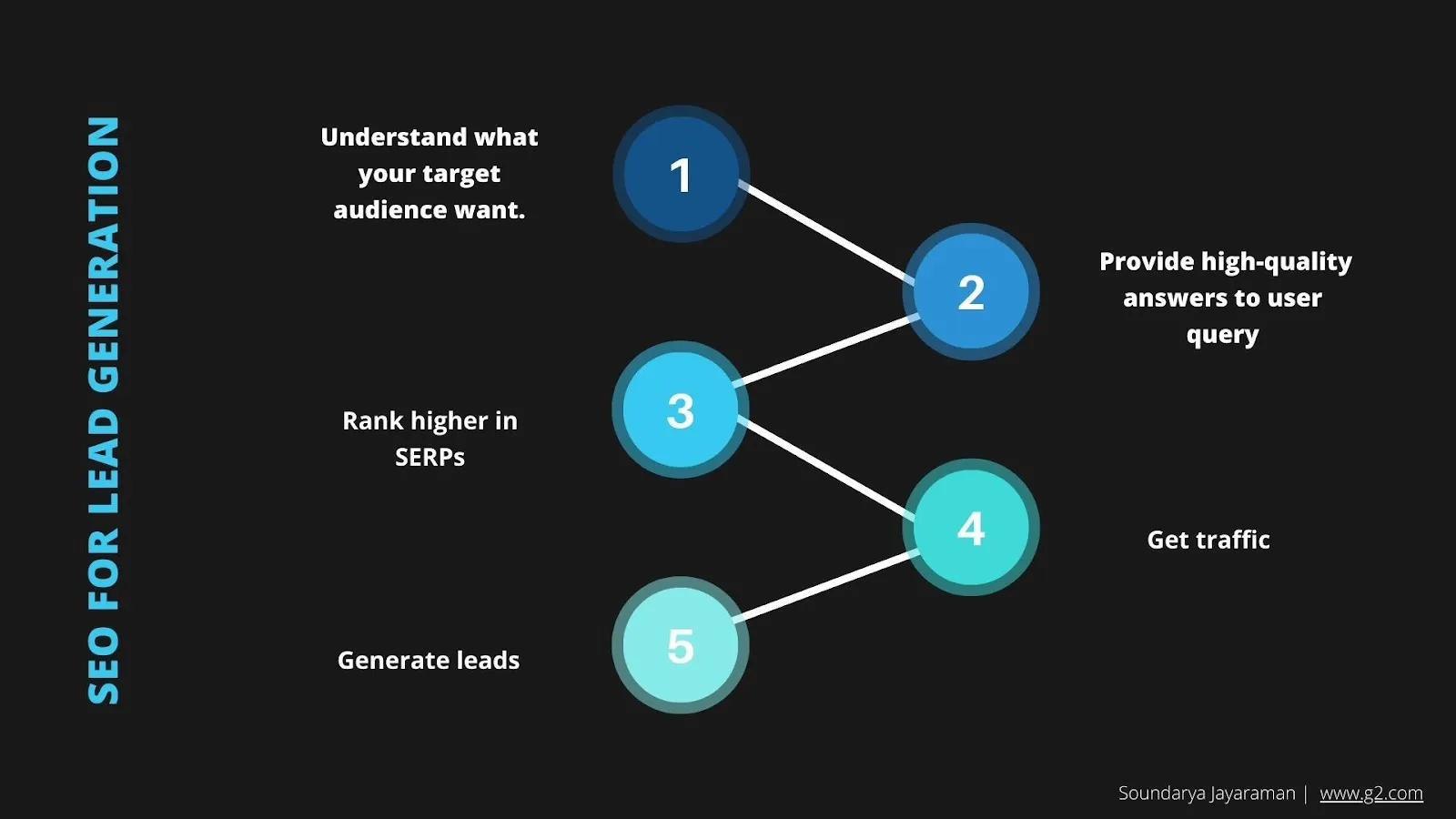
In today's digital landscape, leveraging digital marketing and SEO is vital for effective lead generation campaigns.
This subsection delves into how these tools can strategically enhance your lead generation efforts.
Utilizing Search Engines Beyond Google: Expanding Your Reach
While Google is a dominant force, other search engines like Bing and Yahoo also offer valuable opportunities for lead generation.
For instance, Bing, often overlooked, captures a unique demographic and can contribute to a diverse traffic stream.
Optimizing for these alternative search engines involves understanding their specific algorithms, which can broaden your reach and safeguard against the unpredictability of Google's algorithm updates.
Digital Marketing Strategies for Effective Lead Generation
Effective digital marketing strategy is multifaceted, encompassing various strategies:
- Content Marketing: Engaging content tailored to your audience's interests is key.
For example, incorporating video content can significantly boost engagement, with studies showing a potential increase in lead generation by up to 80%. - Email Marketing: A well-executed email marketing campaign can be incredibly effective. Personalized emails have been shown to improve click-through rates by as much as 14% and conversions by 10%.
- Social Media Marketing: Utilizing platforms like Facebook, LinkedIn, and Instagram allows for targeted advertising and direct engagement with potential leads.
For instance, LinkedIn is 277% more effective for lead generation than Facebook or Twitter.
Competitor Analysis: Gaining an Edge in the Market
Conducting a thorough competitor analysis can provide critical insights.
This involves examining their SEO strategies, content, and online presence. Tools like SEMrush or Ahrefs offer valuable data on competitors’ keyword strategies and backlink profiles.
This analysis helps identify market gaps and refine your approach, ensuring you stay ahead in the competitive landscape.
You can create a more dynamic and successful approach by integrating these digital marketing and SEO strategies into your lead-generation efforts.
Lead gen strategy should focus on attracting quality leads that align with your business goals, using innovative techniques and data-driven insights.
Crafting Effective Lead Generation Strategies
Maximizing Your Online Presence
Maximizing your online presence is a cornerstone of successful lead generation strategies.
It's not just about being online; it's about being visible and engaging to your target audience.
This involves combining digital marketing tactics, from optimizing your website to leveraging search engines beyond Google.
A robust online presence ensures you're a drop in the digital ocean and a beacon for potential customers.
Landing Pages and Website Optimization: The First Impression
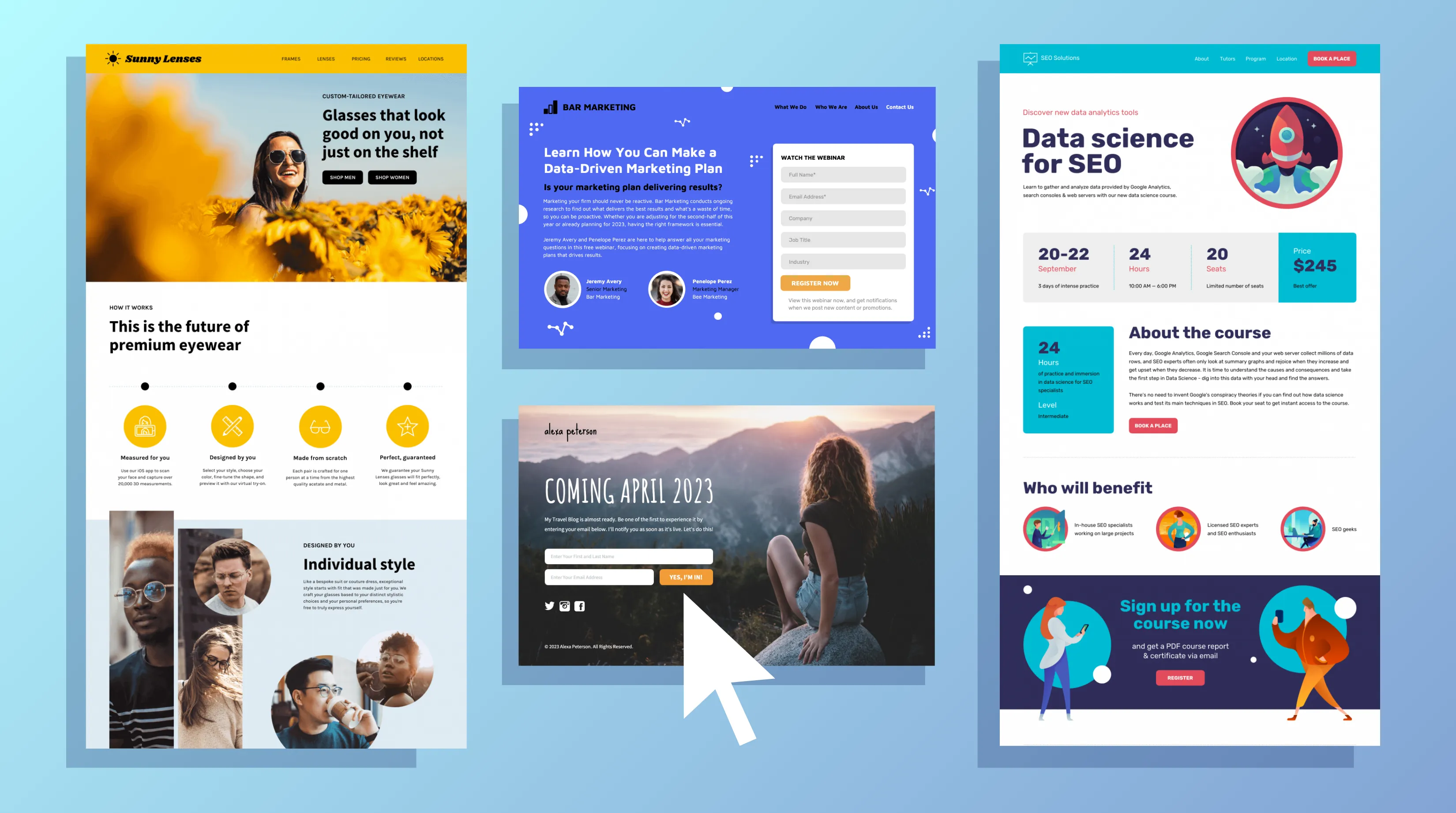
Your website's landing pages are often the first interaction potential leads have with your business.
These pages need to be more than just visually appealing; they should be optimized for both user experience and search engines.
This means clear messaging, fast loading times, and a call-to-action that resonates with your visitors.
Remember, a well-optimized landing page can significantly increase the conversion of site visitors into quality leads.
Social Media: Platforms, Content, and Ads for Engaging Potential Customers

Social media platforms are invaluable tools in lead generation strategies.
They offer a unique opportunity to engage with both potential and existing customers.
The key is to create content that resonates with your audience, whether it's informative blog posts, engaging videos, or eye-catching graphics.
Additionally, social media ads can be a powerful way to expand your reach and attract new leads, especially when tailored to your target audience's interests and behaviors.
Email Marketing: Nurturing Leads and Engaging Existing Customers

Email marketing remains a vital component of effective lead generation strategies.
It's not just about sending emails; it's about nurturing leads and building relationships.
Personalized emails that provide value can keep your audience engaged and move them further down the sales funnel.
Also, don't overlook the power of email marketing in keeping your existing and prospective customers well informed and interested in your offerings.
Advanced Lead Generation Strategies
Using AI, Automation, and Sales Intelligence: The Modern Approach
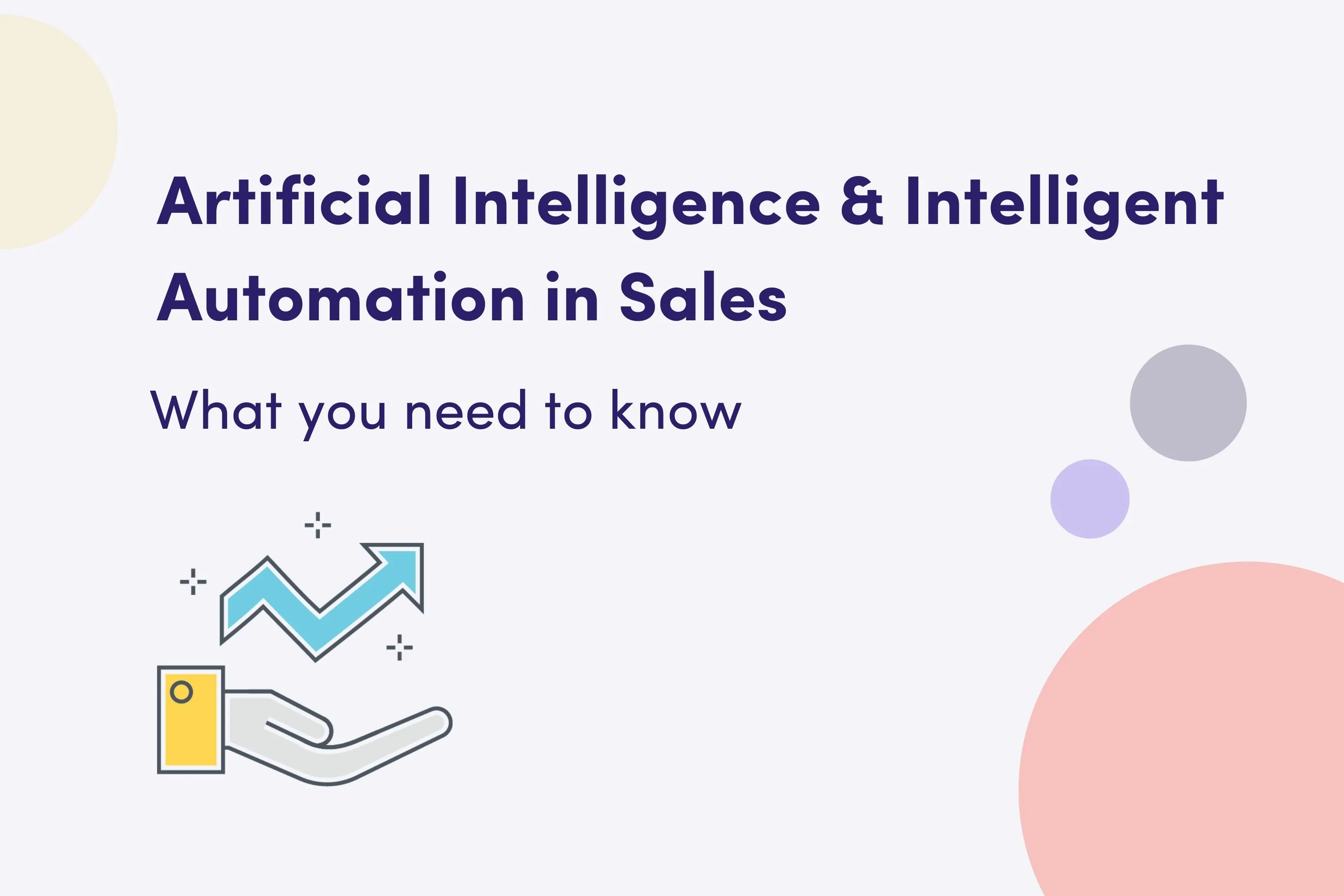
AI and automation are transforming lead generation. These technologies enable precise analysis of data to identify and understand potential leads.
Automation frees up the sales team from repetitive tasks, focusing on nurturing leads. Sales intelligence platforms offer insights into customer preferences, helping tailor strategies effectively.
Video Marketing and Interactive Content: Engaging the Modern Audience
Video marketing is a dynamic tool in lead generation.
It makes complex information accessible and engaging.
Interactive content like quizzes and infographics encourages audience participation, enhancing brand interaction and connection.
Lead Generation Tools and Free Tools: Streamlining Your Efforts
Effective lead generation tools, including CRM systems and lead capture technologies, organize and analyze lead data efficiently.
For businesses with budget constraints, various free tools are available that support lead generation activities without significant investment.
The Power of Remarketing and Retargeting Campaigns
Remarketing and retargeting are key in re-engaging individuals who have previously interacted with your brand.
These campaigns target potential customers with relevant ads, increasing the likelihood of conversion by focusing on an already interested audience.
Lead Generation Strategies Tailored for Different Business Needs
B2B vs. B2C: Understanding the Differences
Regarding lead generation strategies, the approach significantly differs between B2B (Business to Business) and B2C (Business to Consumer) models.
In B2B, the focus is on generating high-quality leads that can translate into long-term business relationships.
Strategies often involve content marketing, email marketing, and leveraging sales teams to nurture leads through the sales funnel.
On the other hand, B2C strategies prioritize volume, aiming to attract a large pool of potential customers through social media marketing, engaging with landing page or pages, and targeted ads. Understanding these nuances is crucial for tailoring your strategy effectively.
Lead Generation for Startups: Making the Most of Limited Resources
Startups often operate with constrained resources, making efficient lead generation crucial.
A cost-effective approach is leveraging free tools and organic social media strategies to reach potential clients.
Startups can benefit from creating compelling content marketing pieces that resonate with their target audience, thus generating leads.
Additionally, focusing on building a strong sales pipeline and employing lead-scoring techniques can help prioritize efforts and resources effectively.
Referral Programs and Network Utilization: Word-of-Mouth in the Digital Age
Word-of-mouth has transformed into online reviews and social proof in the digital era. Referral programs are a powerful tool in this context.
Encouraging existing customers to refer leads can be a cost-effective way to generate new business leads.
Additionally, utilizing professional networks and social media platforms to share customer success stories or positive reviews can significantly boost your lead generation efforts.
This approach brings in new leads and strengthens your brand's credibility and trustworthiness.
Best Practices and Practical Tips
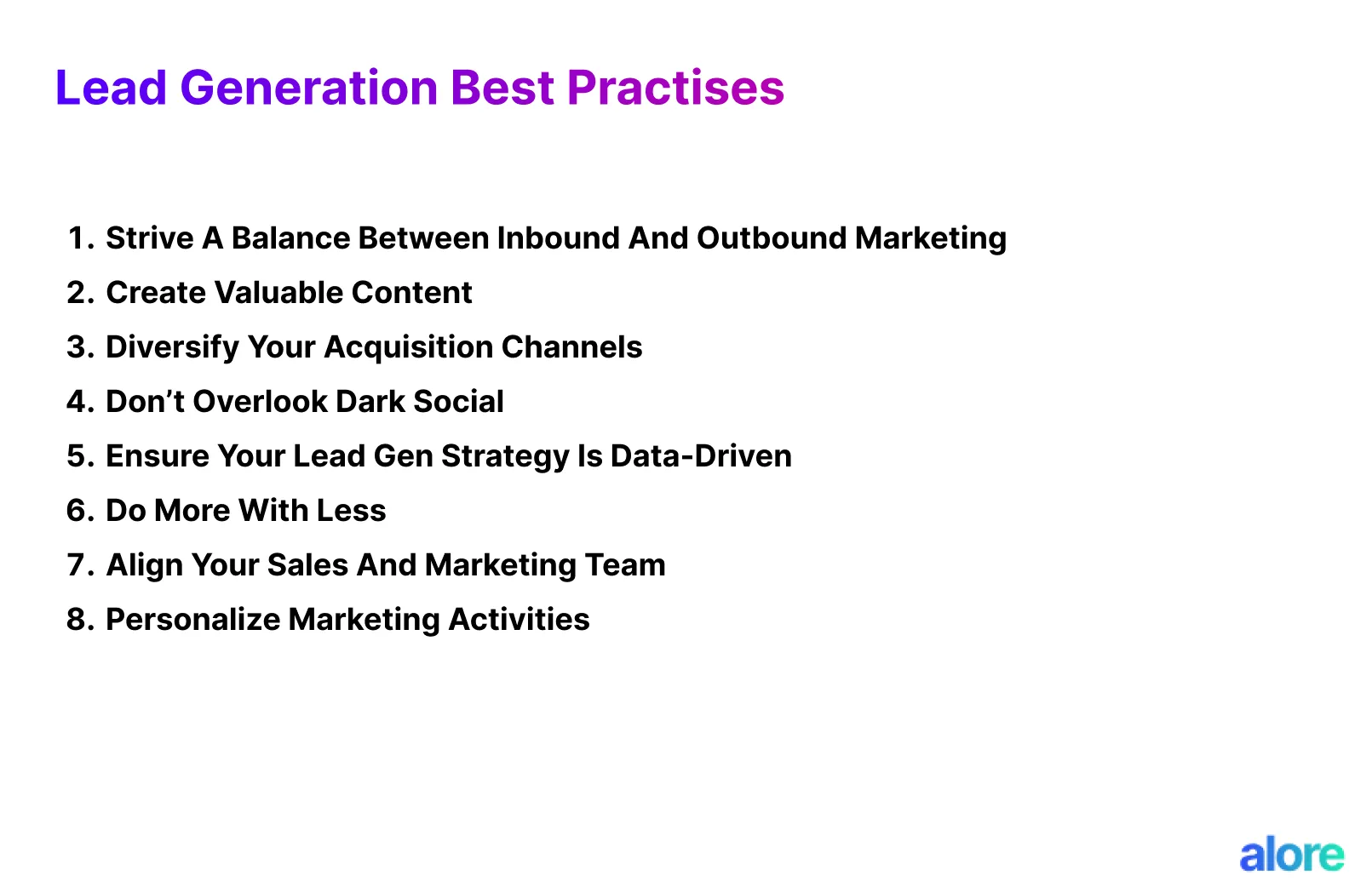
Optimizing Your Efforts
In the realm of lead generation, the key is not just to attract leads but to attract the right ones.
This begins with understanding your target audience and tailoring your marketing strategy to meet their needs.
For instance, focusing your efforts on platforms like Facebook or Instagram can yield better results if your audience predominantly uses social media.
Remember, it's not just about generating more leads, but generating high-quality leads that align with your business objectives.
Lead Magnets and Opt-in Opportunities: Making Offers, They Can't Refuse
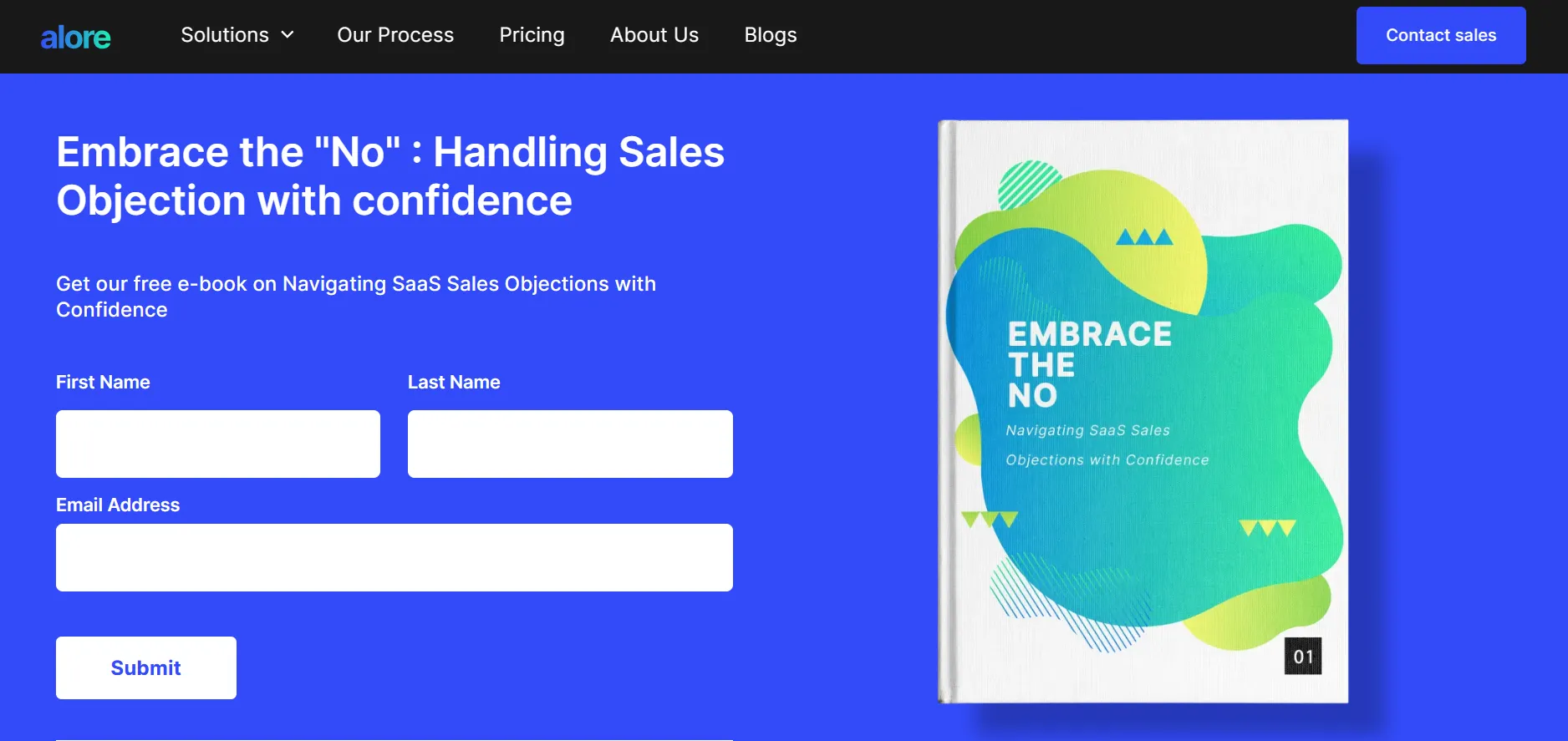
Creating compelling lead magnets is an effective way to attract potential customers.
Whether it's a free tool, an insightful online course, or exclusive video content, these offers should provide real value to your audience. Encourage website visitors to opt-in by presenting these lead magnets in a way that highlights their benefits, addressing your potential clients' specific problems or needs.
Lead Scoring and Quality Over Quantity: Prioritizing Efforts
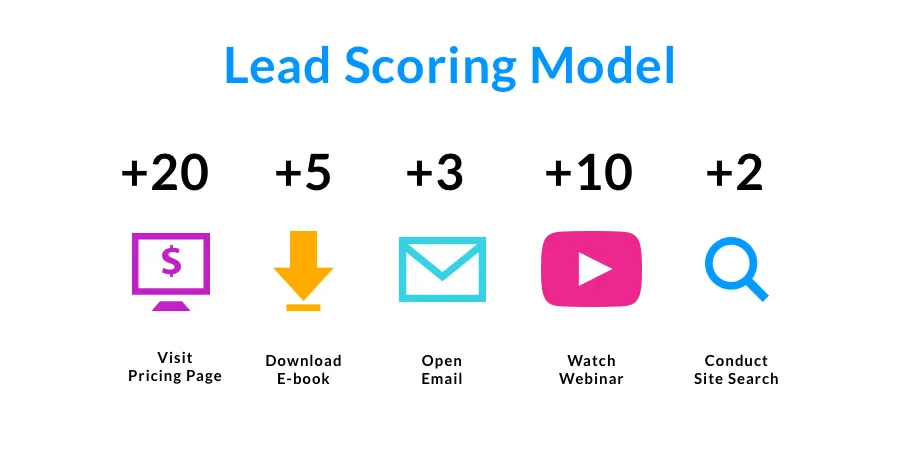
Not all leads are created equal. Implementing a lead scoring system helps you identify which prospects are most likely to convert into paying customers.
This approach allows your sales team to focus on nurturing the most promising leads through the sales funnel, ensuring a more efficient allocation of resources.
Lead Generation Best Practices and Common Pitfalls to Avoid
While pursuing lead generation strategies, avoiding common pitfalls such as neglecting the nurturing process or overlooking the importance of a well-structured lead generation form is crucial.
Regularly reviewing and refining your lead generation process can help identify improvement areas.
Choosing the Right Strategy
Factors to Consider: Business Stage, Budget, Industry, and Product Pricing
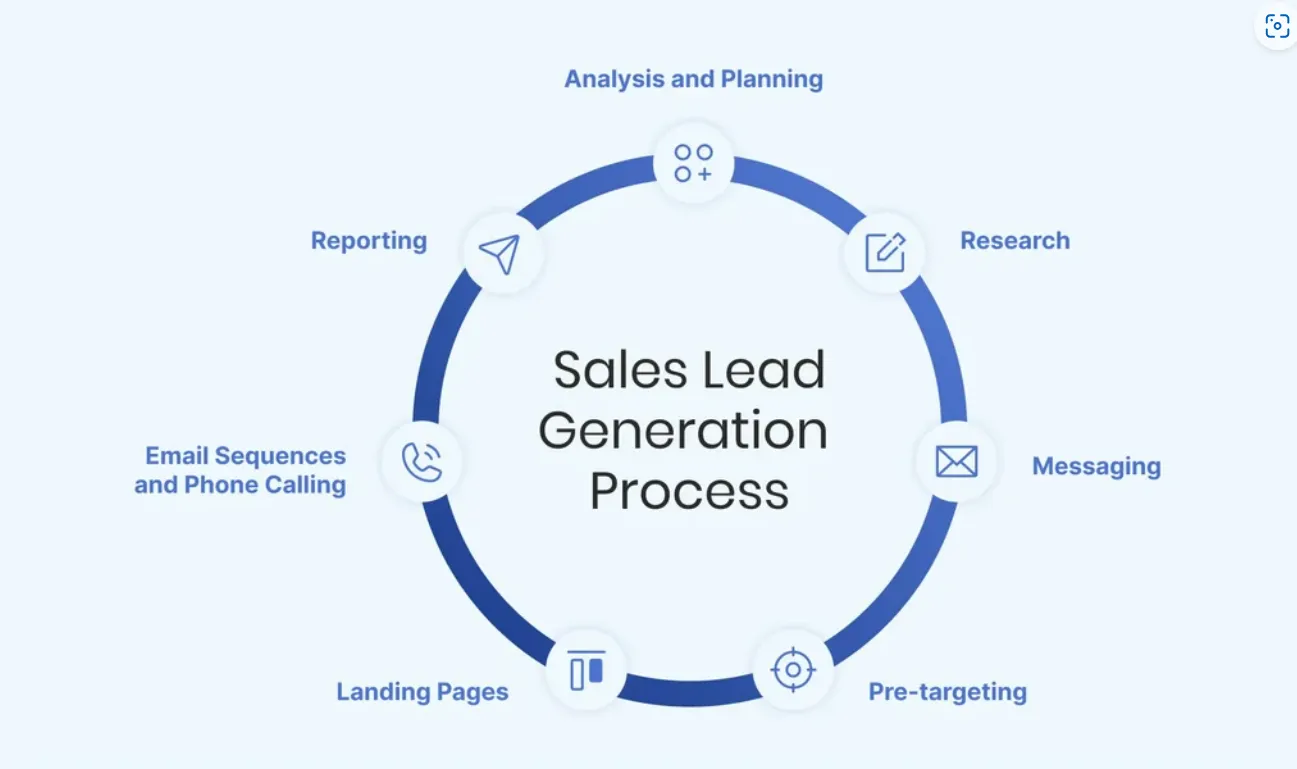
Your lead generation strategy should align with your business stage, budget, and industry norms.
For startups, leveraging free tools and focusing on organic social media might be more feasible than expensive advertising campaigns.
The Role of Sales Teams and Sales Funnels in Lead Generation
Your sales team plays a crucial role in converting leads into sales-qualified leads.
A well-defined sales funnel helps guide potential leads through different stages, from initial contact to final sale.
Case Studies: Real-world Examples of Successful Lead Generation Efforts
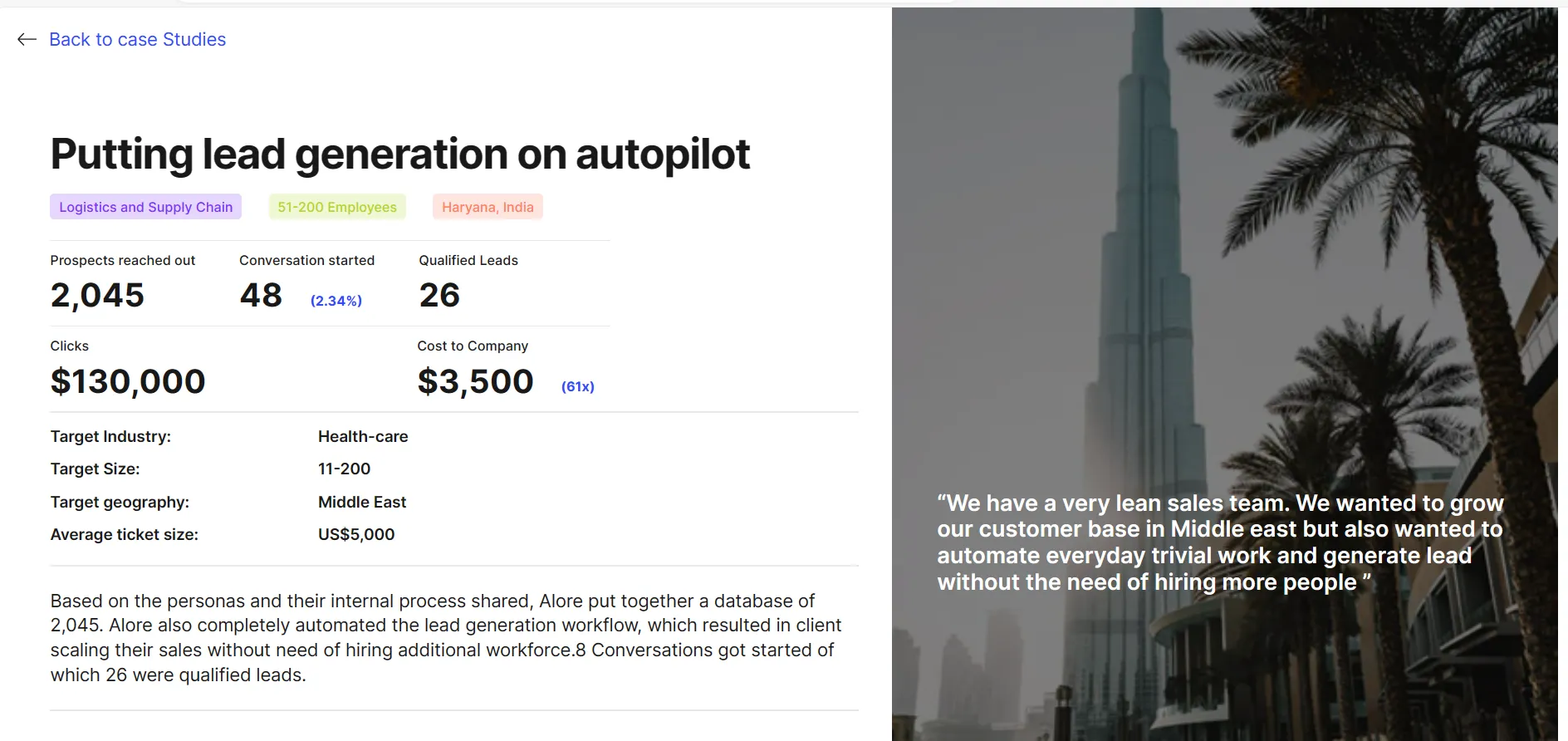
Analyzing real-world examples and case studies can provide valuable insights into successful strategies.
For instance, a B2B company might succeed with email marketing campaigns targeting specific industry sectors, while a B2C company might thrive with social media marketing.
Conclusion: Harnessing the Full Potential of Lead Generation Strategies
As we conclude our exploration of lead generation strategies, it's evident that these tactics are not just about attracting a high volume of leads but about drawing in the right ones – those that convert into paying customers. The journey from a potential client to a loyal customer is nuanced, requiring a blend of innovative approaches and proven methods.
Reflecting on Lead Generation Marketing Strategies and Tools
The lead generation landscape has evolved, with digital marketing playing a pivotal role.
From leveraging social media platforms to deploying lead generation tools, the focus has shifted towards creating a seamless experience for potential and existing customers.
Free tools, for instance, have emerged as a cost-effective way to attract prospects, especially for startups and small businesses.
The Role of Content and Engagement
Content marketing, a cornerstone of digital marketing, has shown its effectiveness in attracting and nurturing leads.
Businesses can establish themselves as thought leaders by providing valuable information through various formats like online courses and video content.
This approach attracts site visitors and helps in lead capture, encouraging them to leave their contact details in exchange for insightful content.
Sales Funnel and Lead Scoring: A Strategic Approach
Understanding the sales funnel and implementing lead-scoring mechanisms are crucial for filtering high-quality leads.
This process ensures that the sales team focuses on leads most likely to convert, optimizing the sales process. It's about quality over quantity, emphasizing nurturing fewer but more promising leads to fruition.
The Importance of Continuous Learning and Adaptation
In the dynamic world of lead generation, staying informed about the best lead generation strategies and adapting to new trends is vital.
Whether through social media marketing, email marketing, or other channels, the goal is to remain relevant and effective in your lead generation efforts.
Encouraging Action and Feedback
As businesses strive to generate more leads, it's equally important to encourage existing clients to refer leads and leave positive reviews.
This social proof amplifies your business's credibility, organically attracting new customers.
In summary, effective lead generation is a multifaceted process that requires a deep understanding of your target audience, the judicious use of lead generation tools, and a commitment to continuous learning and adaptation.
By focusing on these areas, businesses can not only generate leads but also convert them into lasting relationships, driving growth and success in the long term.
Get Your Lead Generation Checklist

Boost your lead generation efforts with our essential checklist. This practical tool is designed to help you streamline your strategies and improve your results.
It covers everything from optimizing landing pages to effective lead scoring, ensuring you're on track to attract and convert your target audience.
This checklist is more than just a set of tasks; it's a roadmap to refining your lead generation process.
You'll find actionable steps to enhance every aspect of your strategy tailored to today's dynamic market.
Ready to enhance your lead generation approach? Click below to download the "Lead Generation Essentials Checklist" now.
Start improving your lead generation today. With this checklist, you can make meaningful changes that can drive better results.

